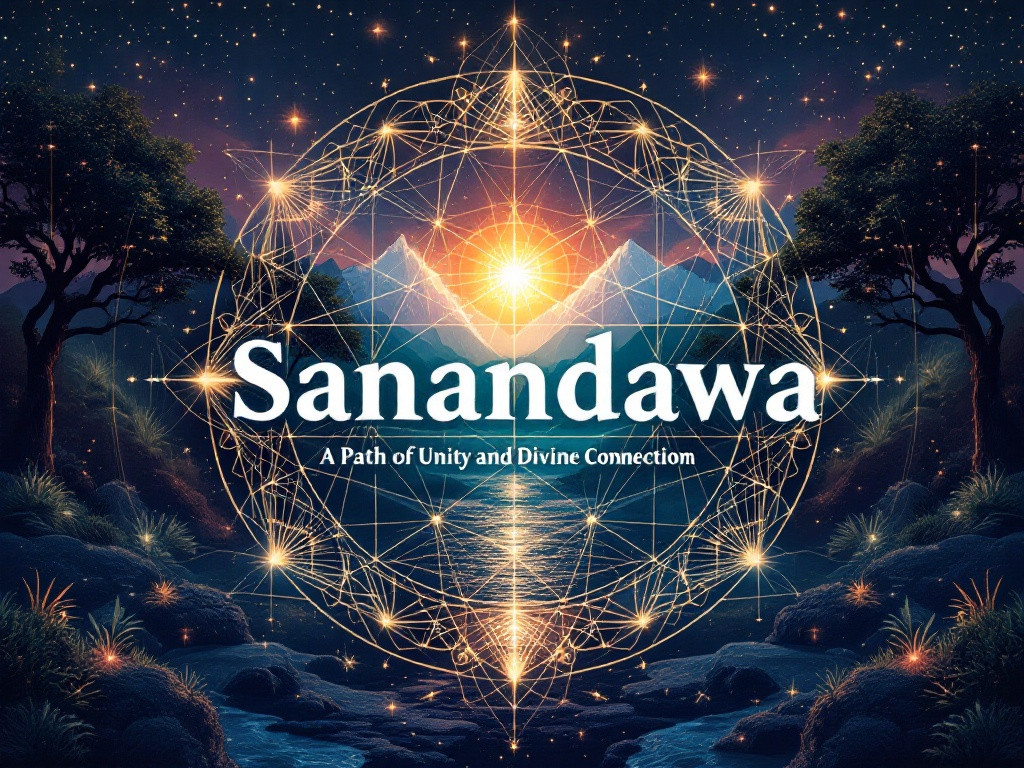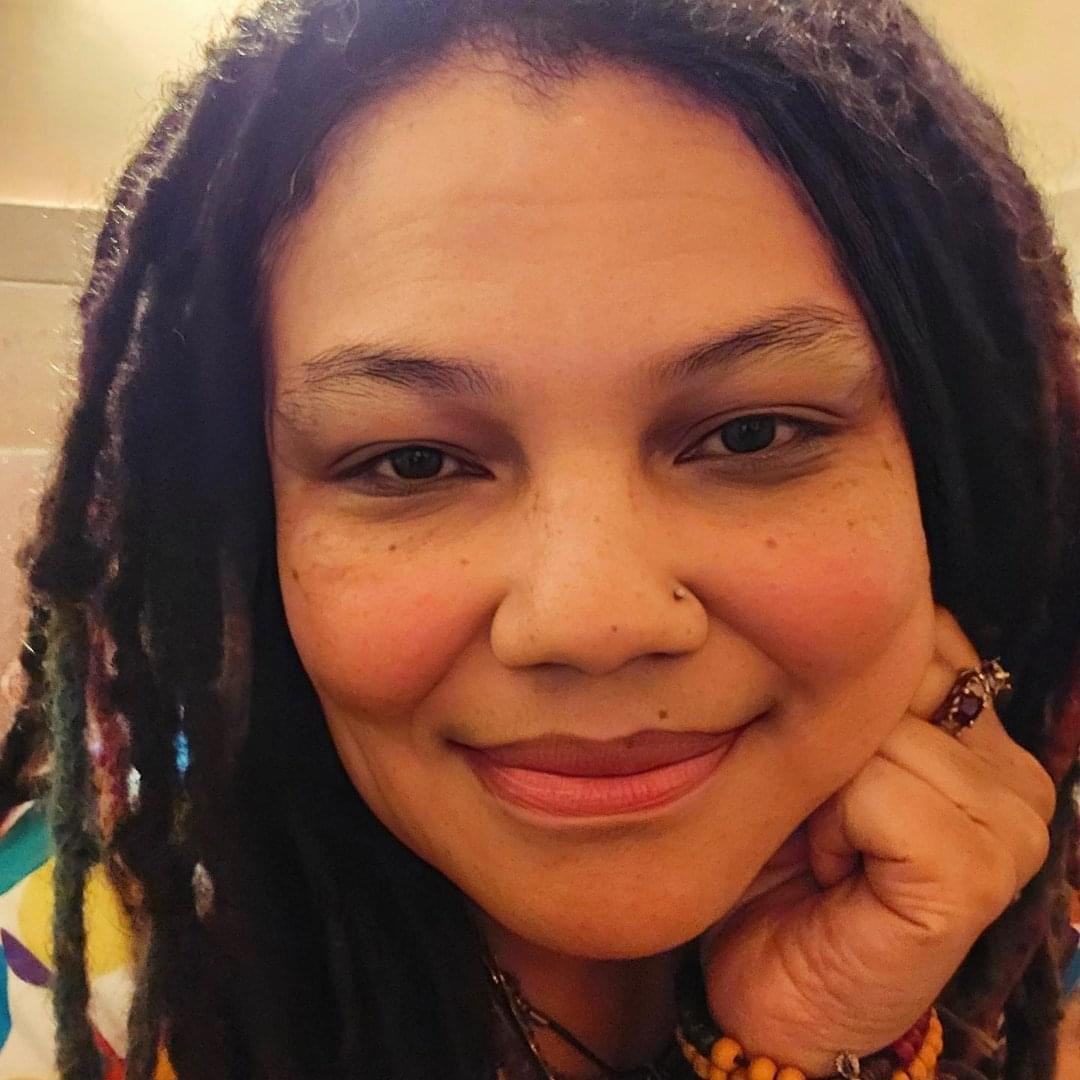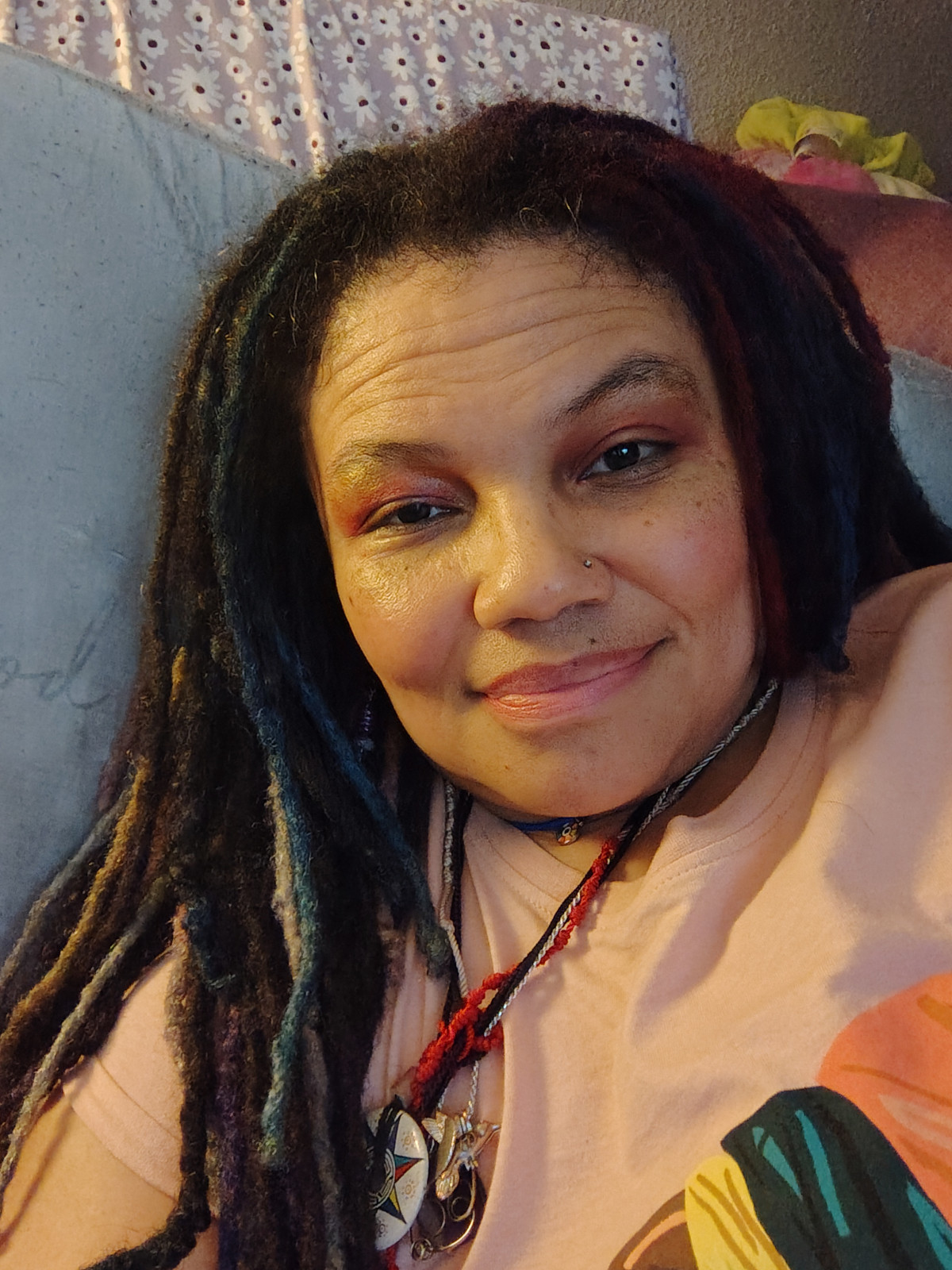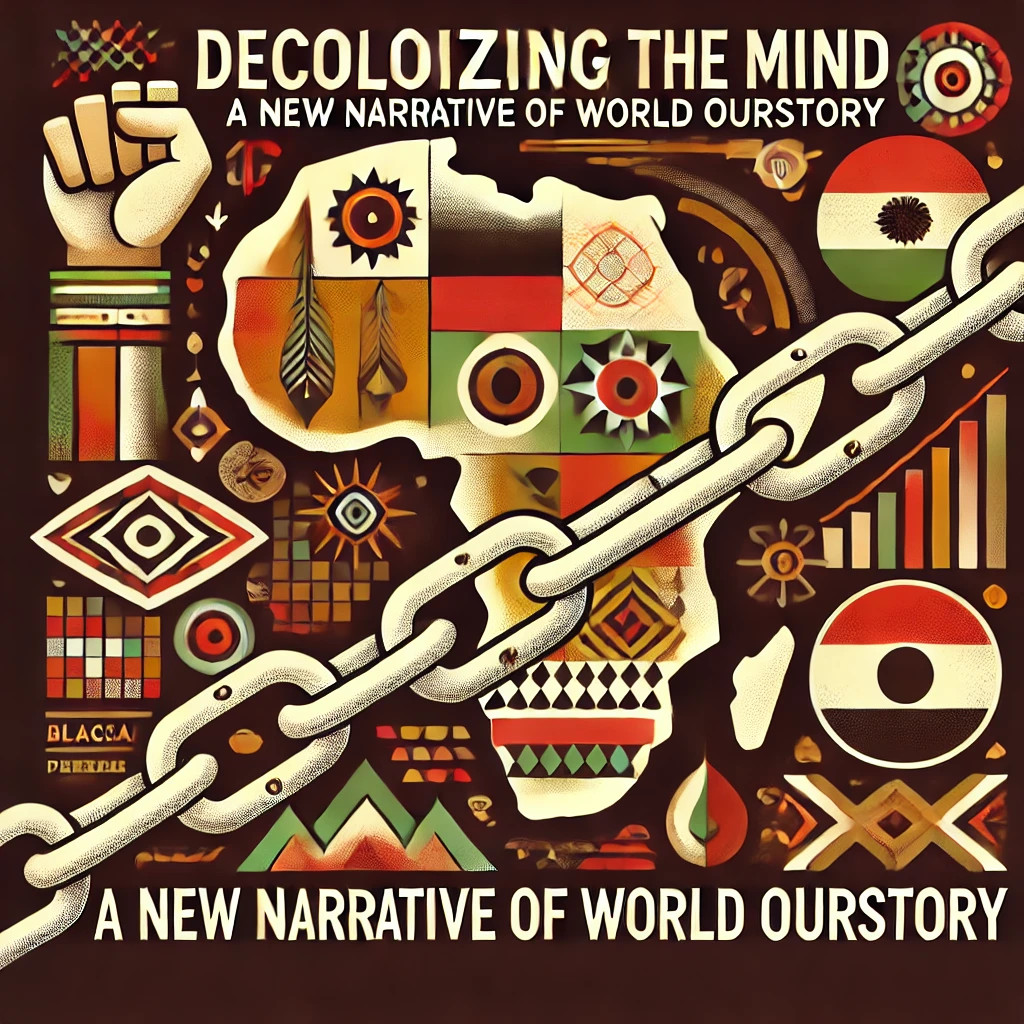
When we look back to the earliest followers of Isho (Jesus) and their understanding of his teachings, it’s clear that they saw the world—and the Divine—through a lens quite different from the rigid frameworks we’ve inherited today. For them, language mattered. The early scriptures were written in Aramaic, a language filled with layers of meaning, where one word could unfold into a dozen nuanced interpretations. For the early community, understanding and experiencing Divine Love meant embracing both masculine and feminine aspects, seeing the Sacred in all beings, and understanding love itself as something transcendent and expansive.
Today, the Sanandawa teachings draw from this same ancient wisdom, returning us to a view of sacred unity, where all beings are honored in their wholeness—regardless of gender or orientation. This echoes how Isho’s Aramaic teachings conveyed a radical vision of love, community, and inclusivity that Western interpretations would later veil. So, let’s journey back to these roots and uncover the inclusive heart of the early scriptures, allowing this wisdom to inspire our own paths within the Sanandawa, which embraces Divine Love, Joy, Harmony, and Sacred Action.
Gender as Sacred Unity in Aramaic Thought
In Aramaic, the language Isho spoke, the concept of gender was far more fluid and balanced. Early communities saw the Divine not as a rigid “Father” but as a balance of energies—masculine and feminine, both unified and transcendent. This is beautifully reflected in the Sanandawa teachings, which honor Yemaya, Mawu-Lisa (Divine Feminine and Divine Masculine), and other manifestations of the Divine Black Mother, showing us that creation itself is born of a balance. In Aramaic, God’s spirit, “Rukha d’Qudsha” (often translated as “Holy Spirit”), carries an energy that goes beyond binary divisions. Rukha implies a sacred breath or spirit, one that is neither bound by nor confined to masculine or feminine terms. This understanding reminds us that divinity encompasses both energies and is not limited to a single expression.
Similarly, the Sanandawa calls for honoring Divine Androgyny and nonbinary identities, echoing ancient views in which people of all genders were seen as vessels of the Sacred. Galatians 3:28—“there is neither male nor female, for you are all one”—speak directly to this unity, transcending divisions and inviting us to see each other as parts of the same Divine whole. The early followers knew that Divine Love wasn’t contained in boxes; it was a fluid, inclusive experience of the Sacred in every soul.
Relationships Rooted in Love, Not Boundaries
In early Aramaic culture, the understanding of relationships was also infused with flexibility and inclusivity. Isho’s teachings centered around love, respect, and community—not rigid doctrines on who could love whom. In Aramaic, words often carry multiple meanings, leaving room for interpretations that emphasize mutual support, compassion, and a higher love that binds communities together. The Sanandawa reflects this same approach, guiding us to build relationships based on trust, joy, and divine reciprocity rather than fitting into prescribed roles. Love, within the Sanandawa, is an expression of Divine Joy—a joyful, liberating force that empowers every soul to find fulfillment in harmony with others.
Isho’s teachings on love were rooted in the principle that relationships—whether romantic, familial, or spiritual—were meant to be spaces of divine growth and mutual upliftment. When we embrace this truth, we liberate ourselves from the binaries and restrictions that have long been placed on human connection. This is the same love the Sanandawa embodies: a love that radiates outward, celebrating every form of connection that is rooted in authenticity, joy, and respect.
The Shifts in Interpretation: A Move from Unity to Division
As Isho’s teachings spread into the Greco-Roman world, their original Aramaic nuances began to shift. Patriarchal societies took on interpretations that suited their hierarchical structures, imposing divisions on gender, relationships, and identity that were not present in the early Aramaic scriptures. This interpretation took hold over centuries, creating a narrative that erased the fluidity and inclusivity of Isho’s message.
But within the Sanandawa, we reclaim that early vision. We return to a perspective that centers Divine Love, mutual respect, and the honoring of all people, including queer, non-binary, and neurodivergent individuals—those who have often been marginalized. By reclaiming this wisdom, we create a space where every soul, every expression, is seen as part of the Sacred. We are not limited by outdated doctrines but are liberated by a vision of oneness, where each person’s path is celebrated as a reflection of the Divine.
Embracing the Aramaic Message in Sanandawa Today
In a world that often separates, categorizes, and labels, Sanandawa calls us back to a holistic way of living, one rooted in the ancient truths of Isho’s teachings. As we study the early scriptures, we see a path where love is inclusive, where gender is fluid, and where every relationship is an opportunity to experience Divine Joy. This is the heart of Sanandawa: a sacred vision that bridges ancient wisdom with a future where everyone is embraced for who they truly are.
When we follow this path, we honor the legacy of Isho’s earliest followers and the original message they preserved in Aramaic. We return to a community founded on mutual respect, equality, and Divine Love—a love that transcends all boundaries and brings harmony to our diverse world.
In honoring the original Aramaic scriptures, we open ourselves to a way of living that celebrates each person’s journey as sacred and affirms that true community begins with embracing our full humanity—guided by the Divine Love that connects us all.
Phoenix Rainbow Butterfly
References
1. Lamsa, George M. Holy Bible from the Ancient Eastern Text: Aramaic of the Peshitta. HarperSanFrancisco, 1985.
2. Vermes, Geza. The Complete Dead Sea Scrolls in English. Penguin Books, 2011.
3. Pagels, Elaine. The Gnostic Gospels. Vintage Books, 1989.
4. Murray, Stephen O. & Roscoe, Will. Islamic Homosexualities: Culture, History, and Literature. NYU Press, 1997.
5. Jennings, Theodore W. The Man Jesus Loved: Homoerotic Narratives from the New Testament. Pilgrim Press, 2003.
6. Mack, Burton L. Who Wrote the New Testament?: The Making of the Christian Myth. HarperOne, 1996.
7. Borg, Marcus J., and Crossan, John Dominic. The First Paul: Reclaiming the Radical Visionary Behind the Church’s Conservative Icon. HarperOne, 2009.
8. Brock, Sebastian. The Bible in the Syriac Tradition. Gorgias Press, 2006.
9. Hein, David, and Nardoni, Enrique. Early Christian Interpretation of the Scriptures of Israel: Investigations and Proposals. Mercer University Press, 2001.
10. Schroeder, Joy A. Deborah’s Daughters: Gender Politics and Biblical Interpretation. Oxford University Press, 2014.
Disclaimer: Use of AI for Image Creation
Currently, I am using AI-generated images as placeholders and examples in my projects because I cannot afford to commission artists at this time. If you are an artist and recognize your work in any of my AI-generated content, please contact me, and I will promptly remove it or work with you to find a way to compensate you.
I deeply value and respect the divine, natural gifts of human creativity and artistry. AI is not, and will never be, a replacement for the unique expressions of human imagination. I use AI only for specific purposes like logos or combining elements with my likeness or artwork as examples of my vision.
If you are an artist interested in collaborating, please reach out to me. I’d love to explore opportunities to bring these ideas to life through your talent.
AI should serve humanity by reducing mundane tasks and freeing up time for meaningful pursuits—connecting with loved ones, relaxing, traveling, and creating art. Thank you for understanding!
e logos or combining elements with my likeness or artwork as examples of my vision.
If you are an artist interested in collaborating, please reach out to me. I’d love to explore opportunities to bring these ideas to life through your talent.
AI should serve humanity by reducing mundane tasks and freeing up time for meaningful pursuits—connecting with loved ones, relaxing, traveling, and creating art. Thank you for understanding!
: Use of AI for Image Creation
Currently, I am using AI-generated images as placeholders and examples in my projects because I cannot afford to commission artists at this time. If you are an artist and recognize your work in any of my AI-generated content, please contact me, and I will promptly remove it or work with you to find a way to compensate you.
I deeply value and respect the divine, natural gifts of human creativity and artistry. AI is not, and will never be, a replacement for the unique expressions of human imagination. I use AI only for specific purposes like logos or combining elements with my likeness or artwork as examples of my vision.
If you are an artist interested in collaborating, please reach out to me. I’d love to explore opportunities to bring these ideas to life through your talent.
AI should serve humanity by reducing mundane tasks and freeing up time for meaningful pursuits—connecting with loved ones, relaxing, traveling, and creating art. Thank you for understanding!







0 Comments